Long before aviation became a global network of sleek terminals, biometric boarding, and long-haul jets connecting continents within hours, flying was closer to an experiment than a commercial service. A century ago, passengers boarded planes by walking through grass fields where pilots carved makeshift takeoff tracks into the soil. Runways were unpaved, terminals were tiny wooden sheds, and the concept of “international air travel” belonged more to dreamers and daredevils than to everyday travelers.
Yet many of the earliest airfields that nurtured these pioneering flights are still operating today, a remarkable testament to human ingenuity, engineering progress, and relentless adaptation. These airports witnessed the evolution of flight from wood-and-fabric biplanes to the jet age, survived world wars, rebuilt after destruction, embraced new technologies, and transformed from military outposts into some of the busiest civilian hubs in modern aviation.
The Top 10 Oldest Airports are not just transport facilities; they are living museums of aviation history. They represent the world’s first training fields, the first commercial routes, the first international connections, and countless milestones that shaped the industry. Even in 2025, an era of automated systems, AI-driven operations, and next-gen aircraft, these historic airports continue to serve millions of passengers, proving that strong foundations truly stand the test of time.

Top 10 Oldest Airports in the World
Below is a deep look at the Top 10 Oldest Airports in the world, followed by several fascinating stories of how these airports evolved and what makes them unique today.
1. College Park Airport (CGS), USA — Opened 1909
- World’s Oldest Continuously Operating Airport
College Park Airport holds a title that no other airport on Earth can challenge: the oldest airport still in continuous operation, founded in August 1909. Established when aviation was in its absolute infancy, the airfield was selected by Wilbur Wright himself for the training of the first U.S. Army officers. Here, the Wright Brothers tested early versions of aircraft that would lay the foundation for military and civilian flight.
Only two years later, in December 1911, College Park transitioned from military to civilian use, making it one of the earliest places in the world where commercial air services took shape. Aviation pioneers, inventors, and test pilots used the field as a laboratory for innovation.
However, its proximity to Washington D.C. created challenges after September 11, 2001, when the TSA implemented some of the strictest operational restrictions in the country. Despite these limitations, College Park survived, reinventing itself as a historic attraction, aviation research site, and active general aviation airport.
Today, it remains a living reminder of how aviation began, still operating after 115+ years.
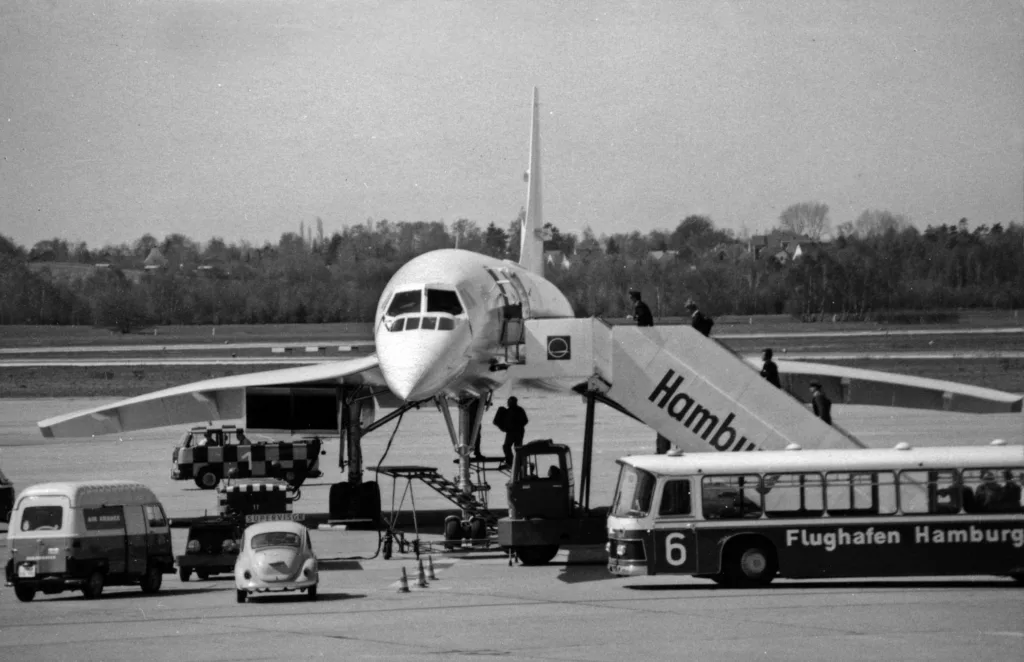
2. Hamburg Airport (HAM), Germany — Opened 1911
- Germany’s Oldest and One of the World’s Longest-Running Airports
Hamburg Airport opened in 1911, making it not only the second-oldest continuously operating airport in the world but also the oldest in Germany. Its longevity underscores both Hamburg’s strategic importance as a commercial center and Germany’s commitment to aviation innovation.
Between 2001 and 2009, the airport underwent a massive US$370 million modernization, transforming it into a state-of-the-art facility capable of handling aircraft as large as the Airbus A380. New terminals, updated infrastructure, and seamless integration with Hamburg’s metropolitan transit system helped elevate the airport to international standards.
With flights reaching over 125 destinations, including long-haul services by Emirates (EK) and Qatar Airways (QR), Hamburg Airport serves more than 13 million passengers annually, striving to return to its pre-pandemic peak of 17 million. Its enduring operational record cements its place among the Top 10 Oldest Airports globally.

3. Bucharest Băneasa Aurel Vlaicu Airport (BBU), Romania — Opened 1912
Founded in 1912, Bucharest Băneasa Airport is Eastern Europe’s oldest airport still operating. It emerged from one of the earliest flight training schools in the region, established by Romanian aviation pioneer George Valentin Bibescu.
For decades, Băneasa served as the main hub for domestic flights and early operations of TAROM (RO), Romania’s national airline. Even after the development of Henri Coandă International Airport (OTP), Băneasa remained a key domestic airport and later became one of the busiest low-cost hubs in Eastern Europe.
In 2012, the airport transitioned into a business aviation facility, focusing on private jets and charter services due to space limitations. Its legacy and strategic location allow Băneasa to remain an essential piece of Romania’s aviation landscape.
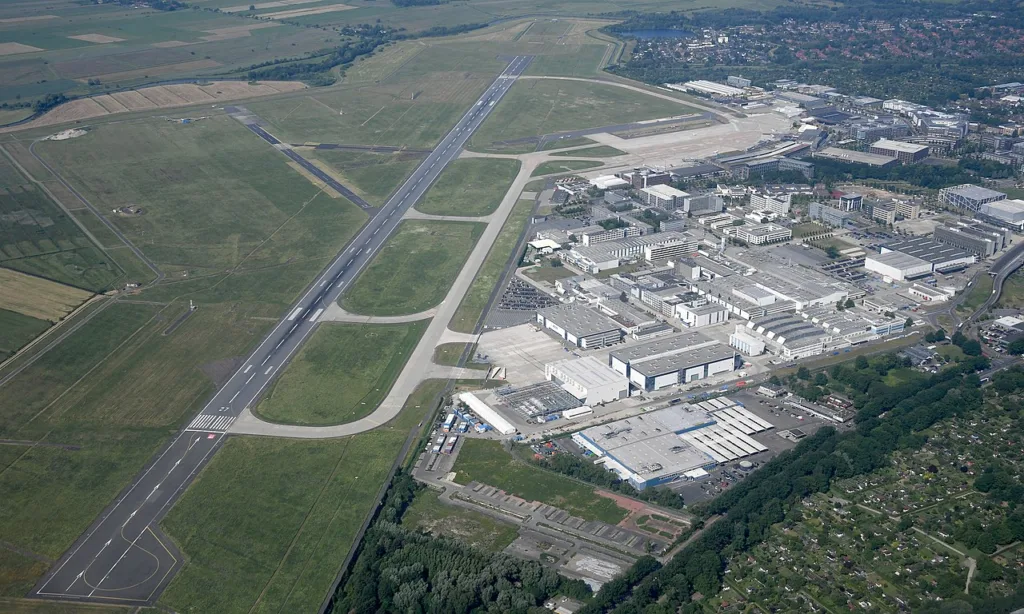
4. Bremen Airport (BRE), Germany — Opened 1913
Bremen Airport stands out as one of Germany’s oldest purpose-built facilities specifically designed for airplanes rather than airships, which dominated German aviation prior to World War I.
Opened in 1913, it briefly transitioned to military use during WWI but resumed commercial operations in 1920, enabling KLM (KL) to launch flights between Bremen and Amsterdam—creating one of Europe’s earliest international commercial routes.
The 1930s saw expansions, but WWII brought destruction. Bremen rebounded in the 1950s when Lufthansa (LH) began operations, reestablishing the airport as a vital German aviation center.
Today, BRE continues to serve millions of passengers while preserving its heritage as a pioneer of European commercial aviation.

5. Rome Ciampino Airport (CIA), Italy — Opened 1916
Established in 1916, Rome Ciampino Airport served as Italy’s primary aviation gateway for nearly half a century. During its early years, it was central to Italy’s military and commercial aviation developments.
When the larger Leonardo da Vinci-Fiumicino Airport (FCO) opened in 1960, most commercial services shifted there. Still, Ciampino reinvented itself, first becoming a charter and VIP airport, then emerging as a low-cost carrier hub in the 2000s, especially with the rise of Ryanair (FR).
More than 100 years after opening, Ciampino remains a crucial component of Rome’s aviation network.

6. Amsterdam Schiphol Airport (AMS), Netherlands — Opened 1916
Amsterdam Schiphol Airport began life in 1916 as a military airfield during World War I. By the end of the war, Schiphol transitioned into civilian operations, positioning itself among the earliest major commercial airports in Europe.
Though heavily damaged during WWII, Schiphol was quickly rebuilt and expanded—demonstrating Dutch resilience and long-term vision. Today, Schiphol’s single-terminal concept (divided into multiple interconnected sections) is globally recognized for its efficiency.
Handling 62 million international passengers in 2023, Schiphol ranks as the third-busiest airport in the world for international traffic. Its origins, however, remain visible in its military-to-modern-aviation transformation.

7. Paris-Le Bourget Airport (LBG), France — Opened 1919
Le Bourget Airport played a defining role in French and global aviation history upon its opening in 1919. Until 1932, it served as Paris’s only airport, hosting commercial traffic and major transatlantic pioneers.
Most famously, Le Bourget became world-renowned when Charles Lindbergh landed here after completing the first solo nonstop transatlantic flight in 1927, a milestone that changed aviation forever.
Air France eventually moved operations to Orly (ORY), and by 1952 Le Bourget ceased handling scheduled commercial flights. Today, it operates as a business aviation airport and is home to the prestigious Paris Air Show, maintaining its legacy as a cornerstone of European aviation.
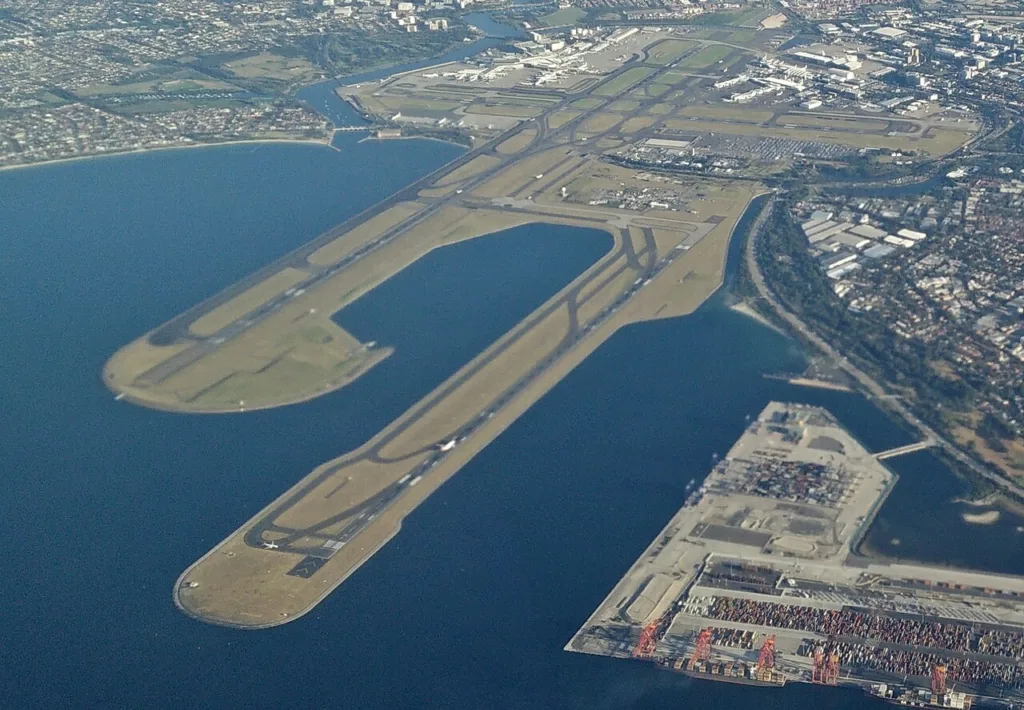
8. Sydney Airport (SYD), Australia — Opened 1920
- Oldest Airport in the Southern Hemisphere
Founded in 1920, Sydney Airport is the oldest continuously operating airport in the Southern Hemisphere. It began with small grass fields before adding gravel runways in 1933, marking Australia’s transition into modern aviation.
Renamed in honor of legendary aviation pioneer Sir Charles Kingsford Smith in 1936, the airport rapidly expanded post-WWII, becoming Australia’s primary international gateway. By 1949, SYD had three runways and its first dedicated international terminal.
With nearly 40 million passengers annually, SYD stands as Australia’s busiest airport and a major hub for Qantas (QF), Jetstar (JQ), and Virgin Australia (VA). From early biplanes to today’s international superhubs, Sydney Airport remains a vital historic and operational pillar.
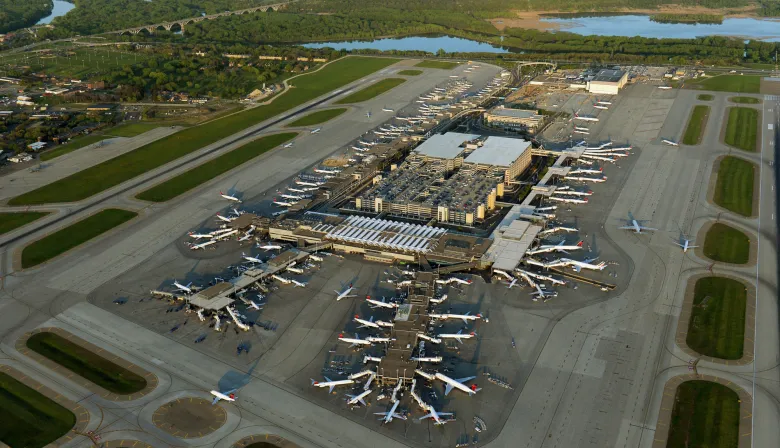
9. Minneapolis–Saint Paul International Airport (MSP), USA — Opened 1920
Originally known as Speedway Field, MSP opened in 1920 as a facility transitioning from racing grounds to aviation infrastructure. In 1923, it was renamed Wold-Chamberlain Field before finally adopting its current name in 1948.
MSP grew alongside post-WWI aviation, evolving into a major regional and national hub. Today, it is a key base for Delta Air Lines (DL) and SkyTeam partners, operating from two terminals and four runways.
As one of the earliest major U.S. airports, MSP also exemplifies the transformation of aviation from regional novelty to global network.
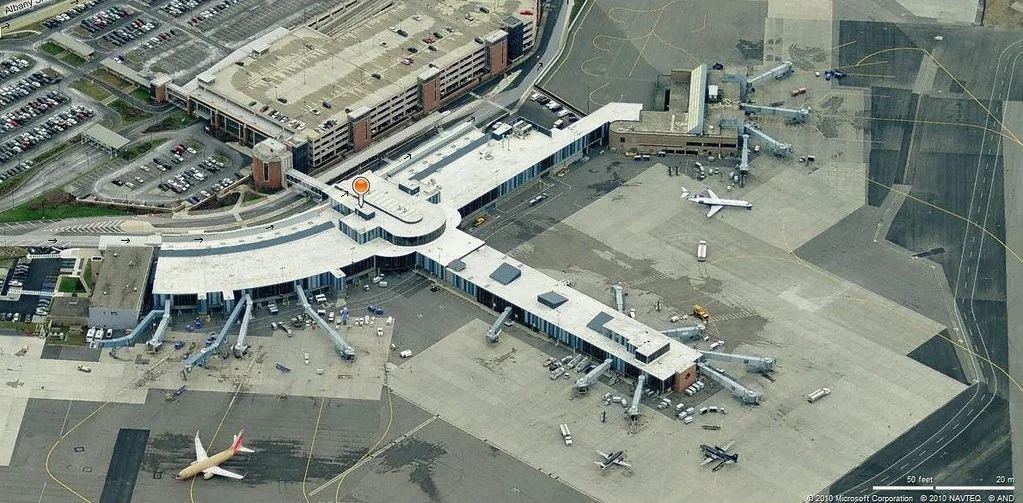
10. Albany International Airport (ALB), USA — Opened 1928
Albany International Airport is the oldest municipal airport in New York State, reflecting the rapid expansion of U.S. aviation in the late 1920s.
Opened in 1928, ALB was built to serve the Capital Region when air travel was still a luxury reserved for wealthy travelers. Major upgrades in 1962, 1979, and 1998 helped the airport modernize for the jet age. Today, it handles about 2.7 million passengers annually, maintaining strong regional connectivity across the U.S.
ALB completes the Top 10 Oldest Airports, standing as a near-century-old gateway to upstate New York.
What the Top 10 Oldest Airports Represent Today?
Together, these airports form an extraordinary lineage of aviation history. They reveal how early airfields adapted to wartime destruction, shifting commercial needs, low-cost carrier revolutions, and modern passenger expectations. They highlight the resilience of infrastructure built long before anyone could have predicted jumbo jets, global alliances, or AI-powered gate operations.
The Top 10 Oldest Airports also illustrate:
1. The transition from military bases to global hubs
Many began as training fields or military sites during WWI and WWII, later transforming into civilian airports.
2. The evolution of passenger expectations
From grass runways to multimillion-dollar terminals, these airports reflect the growth of aviation convenience, speed, and comfort.
3. The importance of preserving aviation heritage
Airports like College Park, Le Bourget, and Băneasa function not only as transportation centers but as historical assets.
4. The remarkable longevity of early aviation infrastructure
Their survival is not accidental, it comes from continuous reinvention, investment, and relevance.
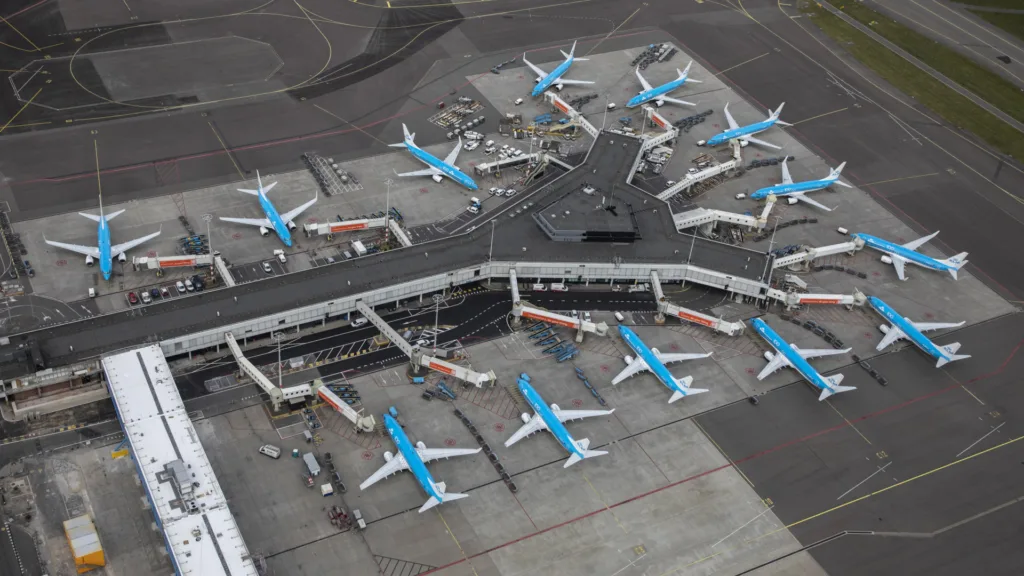
Editor’s Take
The Top 10 Oldest Airports remind us that aviation’s story is one of transformation. Many of these airports were born during eras when flying was experimental and dangerous. Yet in 2025, they still operate, connecting cities, supporting global airlines, and hosting millions of travelers.
Their value lies not just in age but in adaptability. They have survived wars, technological revolutions, political shifts, and economic turbulence. Today, they also stand as enduring symbols of human aspiration: the belief that we could conquer the skies and connect the world.
For travelers, aviation enthusiasts, and historians alike, these airports are more than infrastructure, they are also milestones of how far humanity has come.
If the future of aviation continues evolving at its current pace, with electric aircraft, sustainable fuels, and AI-powered operations, these airports will remain at the intersection of history and innovation for generations to come.
Summary: Top 10 Oldest Airports
| Rank | Airport | Country | Year Opened | Notable Facts |
|---|---|---|---|---|
| 1 | College Park Airport (CGS) | USA | 1909 | World’s oldest continually operating airport; founded by Wilbur Wright to train U.S. Army officers; shifted to civilian service in 1911; faced major restrictions post-9/11. |
| 2 | Hamburg Airport (HAM) | Germany | 1911 | Germany’s oldest airport; major modernization between 2001–2009; serves 125+ destinations; long-haul flights by Emirates and Qatar Airways. |
| 3 | Bucharest Băneasa Aurel Vlaicu Airport (BBU) | Romania | 1912 | Oldest airport in Eastern Europe; began as an aviation school; now a business-only airport serving private and charter flights. |
| 4 | Bremen Airport (BRE) | Germany | 1913 | One of Germany’s earliest fixed-wing aircraft airports; site of early KLM international routes; key hub for Lufthansa after the 1950s. |
| 5 | Rome Ciampino Airport (CIA) | Italy | 1916 | Rome’s main airport until 1960; later pivoted to charter services; revived in 2007 as a major low-cost carrier hub. |
| 6 | Amsterdam Schiphol Airport (AMS) | Netherlands | 1916 | Opened as a WWI military base; now one of Europe’s busiest hubs; uniquely designed as a single-terminal layout; ~62 million international passengers in 2023. |
| 7 | Paris-Le Bourget Airport (LBG) | France | 1919 | Famous for Lindbergh’s 1927 Atlantic landing; Paris’ original airport; now hosts the Paris Air Show and handles business aviation. |
| 8 | Sydney Kingsford Smith Airport (SYD) | Australia | 1920 | Oldest airport in the Southern Hemisphere; major gateway to Australia; ~40 million annual passengers; named after aviation pioneer Sir Charles Kingsford Smith. |
| 9 | Minneapolis/Saint Paul International Airport (MSP) | USA | 1920 | Started as Speedway Field; renamed multiple times; now a major Delta Air Lines hub with two terminals and four runways. |
| 10 | Albany International Airport (ALB) | USA | 1928 | Oldest municipal airport in the U.S.; several expansions (1962, 1979, 1998); handles ~2.7 million passengers annually. |
Please join our Telegram Channel for the latest aviation updates.

